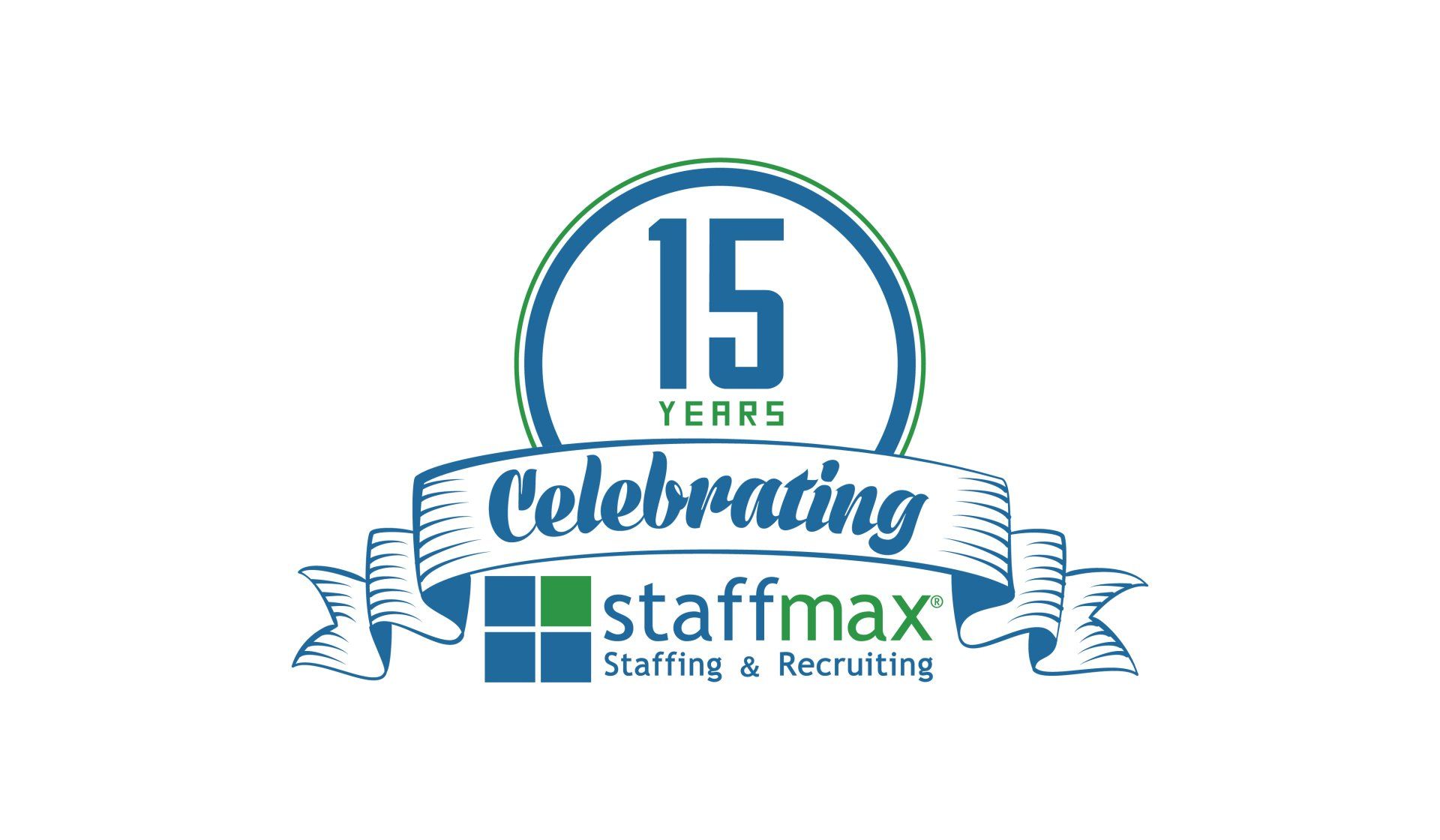If you’re not able to readily answer this question, it’s time to take a deep dive into why.
By Renee Safrata (h/t)

A culture champion is someone who understands that company culture—how work gets done—influences leader and team results. A strong workplace culture can contribute to increased employee engagement, retention, alignment, and productivity. On the other hand, when norms are not established or practiced around what are appropriate behaviors the opposite is true, indicating there could be culture gaps.
You may be thinking, “we have standards and guidelines around how we operate!” That might very well be true, but is everyone in agreement? Does everyone know what they are? Do they practice them? That’s where your culture champions come in! It’s time to seek them out and develop them so they can influence, inspire, and instill confidence in others.
Here are three avenues to explore to help identify your culture champions so they can shape and align your culture and help keep the needle moving in the right direction.
- Values lead the head and the heart of every organization. Are your company values driving innovation, boosting
morale, and creating the foundations for quality decision-making? If not, it’s time to dust the rust off them, because they’re not working. This doesn’t necessarily mean a long and arduous strategy session. Start by getting a group of your culture champions (or potential culture champions) around a table and discuss and brainstorm your top values.Start by looking at them one-by-one. If respect is one of your values, think a little harder, unpack it to understand the behaviors that demonstrate respect. For example, if respect is your top value, but in meetings there’s people talking over one another, then that value is not carrying through all aspects of the organization. Make values more relevant and clearer: A culture where all viewpoints and opinions are heard. Then, use tools to ensure a balanced form, such as ending each meeting with appreciations, difficulties, and final statements.
2. You’ve probably heard people say that the best leaders are the ones who tell stories. It’s true, repeating stories builds company intelligence and helps people understand how hiccups and success points were handled in the past.Stories pass information from one to another by building legacies along the way. Imagine if leaders could actually break their stories down into rich headlines that they repeated regularly, over and over again, making those headlines resonate for all the people working at the company, through to the customers, vendors, investors, and board.
3. Boosting morale and building culture means that everyone within the organization has a voice, has an opportunity to participate and influence projects and company growth. Often new hires, emergent leaders, and individual contributors get lost in the shuffle of executive leaders, directors, and managers. That is a wealth of knowledge many are not tapping into. When companies consider accessing the wisdom, the knowledge, and the judgment of these groups they bring forward out-of-the-box thinking and thought-provoking ideas to iterate the status quo.
Consider putting an up-leading culture into practice so that there is a regular vehicle for new hires, emergent leaders, and individual contributors to bring ideas forward to those more seasoned in the organization. They might just be your next culture champions!
Find your culture champions and arm them with clarity of values, norms of behavior, and the courage to up-lead and you will be on the road to attaining a high-performance work culture.













